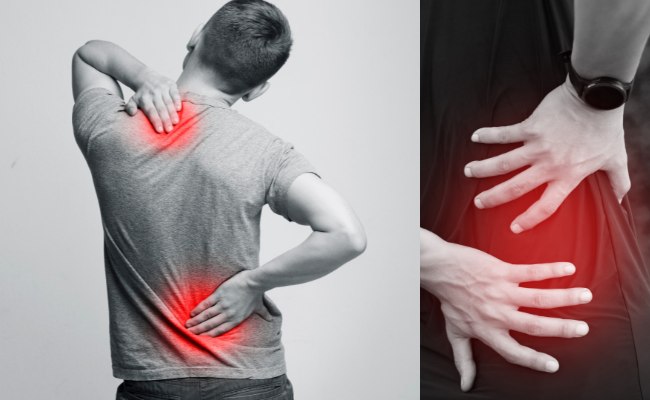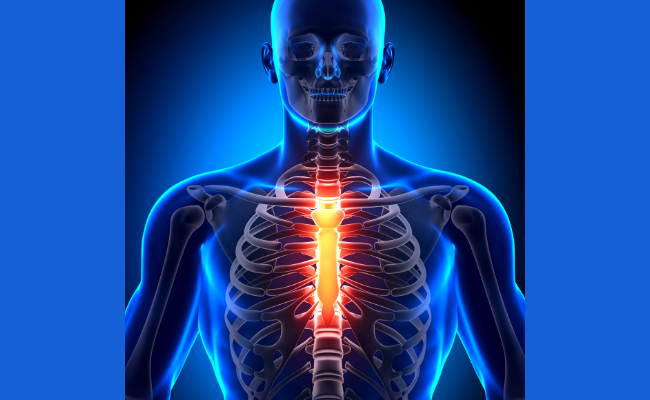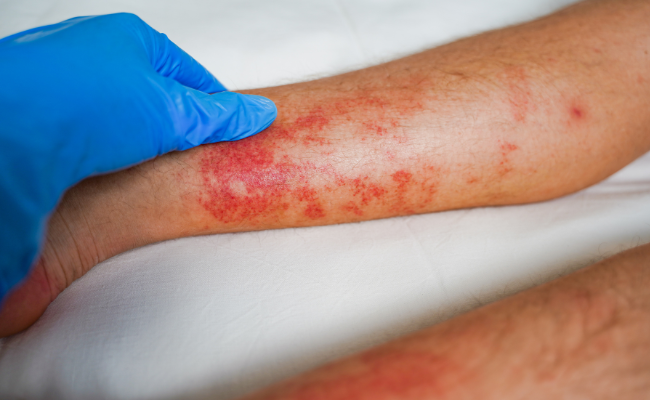How to Treat Buttock Pain?
- October 18, 2023
- No Comments
What is Buttock Pain?
Buttock pain, commonly disregarded as minor discomfort, can signal diverse underlying issues such as muscle strains, nerve compression, or conditions impacting the hip joint or spine. Effectively treating buttock pain requires identifying the specific cause and implementing targeted interventions. If the pain endures, escalates, or is accompanied by additional symptoms, it demands attention and further evaluation, emphasizing the importance of a comprehensive approach to understanding and addressing this discomfort.
Why treating Buttock Pain is important?
Buttock pain can significantly impact mobility, daily activities, and overall well-being. It may interfere with sitting, walking, or engaging in physical activities. Chronic buttock pain can affect one's quality of life, leading to discomfort, frustration, and potential limitations in daily functioning.
How to Treat Buttock Pain?
Identifying the Underlying Cause:
- Medical Evaluation: Consult with a healthcare professional to diagnose the specific cause of buttock pain. This may involve a physical examination, imaging tests, and, in some cases, specialized diagnostic procedures.
Pain Management Techniques:
- Medications: Non-steroidal anti-inflammatory drugs (NSAIDs), muscle relaxants, or pain relievers may be prescribed to alleviate discomfort and inflammation.
- Topical Treatments: Creams or patches containing analgesic or anti-inflammatory agents can provide localized relief.
Physical Therapy:
- Exercise Programs: Tailored exercise regimens, including stretches and strengthening exercises, can help address underlying muscle imbalances or weaknesses contributing to buttock pain.
- Manual Therapies: Techniques such as massage, joint mobilization, or stretching administered by a physical therapist can promote flexibility and reduce muscle tension.
Injections:
- Corticosteroid Injections: In cases of inflammation or nerve compression, corticosteroid injections into the affected area can provide temporary relief.
- Trigger Point Injections: For localized muscle pain, injections targeting specific trigger points may be beneficial.
Surgical Interventions:
- Invasive Procedures: In situations where conservative measures are insufficient, surgical interventions may be considered. This could involve procedures to address structural issues in the spine or hip joint.
Treatment Solution: Managing Buttock Pain Effectively
- Individualized Treatment Plans: Since buttock pain can stem from various causes, a personalized treatment plan is crucial. This involves identifying the specific factors contributing to the pain and tailoring interventions accordingly.
- Patient Education: Educating individuals about the underlying cause of their buttock pain fosters a sense of empowerment. Knowing how to manage symptoms and prevent recurrence is vital for long-term relief.
- Consistent Follow-Up: Regular follow-up with healthcare providers allows for the monitoring of treatment effectiveness and necessary adjustments to the plan.
- Lifestyle Modifications: Making adjustments in daily activities or workspaces to ensure proper posture and reduce strain on the buttock muscles.For individuals with excess body weight, weight management can alleviate stress on the hips and spine, potentially reducing buttock pain.
Benefit Points: Positive Outcomes of Buttock Pain Treatment
- Improved Quality of Life: Effectively managing buttock pain leads to an improved quality of life by alleviating discomfort and enabling individuals to engage in daily activities without hindrance.
- Enhanced Mobility: Addressing the underlying causes and incorporating targeted interventions promotes improved mobility, allowing individuals to move more freely and comfortably.
- Prevention of Recurrence: Identifying and addressing the root causes of buttock pain helps prevent recurrence. This involves ongoing self-care, exercise, and lifestyle modifications.
- Pain Relief: Targeted pain management techniques, including medications, physical therapy, and injections, offer relief from buttock pain, contributing to overall well-being.
- Avoidance of Complications: Early and effective treatment helps avoid potential complications associated with chronic buttock pain, such as mobility issues or secondary musculoskeletal problems.
- Patient Empowerment: Educating individuals about their condition and involving them in the decision-making process empowers them to actively participate in their recovery, fostering a sense of control over their health.









Comments (0)
No comments yet